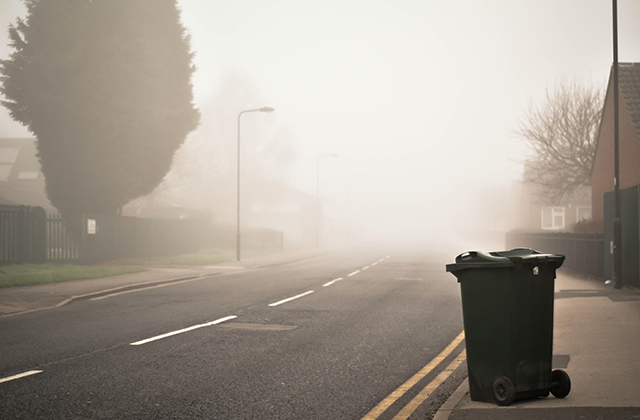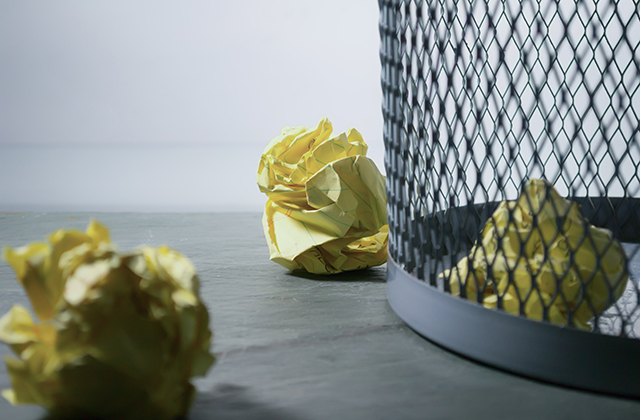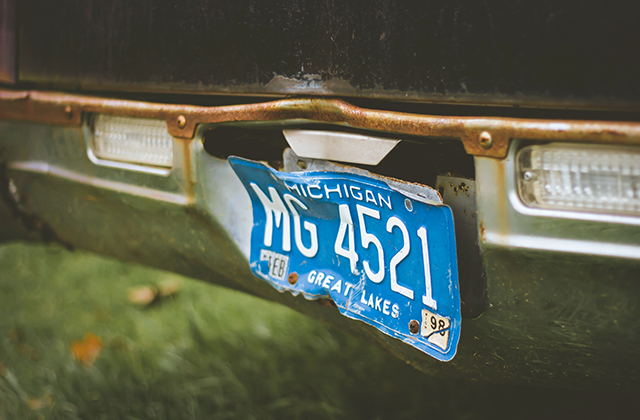If you’re thinking about hiring a mini skips Adelaide, there are two main types to choose from – roll on/off and skips bins. The difference between the two is in their design. Roll-on/off skips require the driver to secure them with chains when emptying them, whereas skips bins are securely attached to the rear of your vehicle so that they don’t move or shift during transportation.
Roller skips are often used for larger projects such as house renovations and building sites, where there’s lots of heavy material to dispose of. Skips bins are ideal for smaller projects such as garden clearances and garage cleanouts, as they can be driven into place without any need for anchoring them down.
The answer to that question is, it depends.
It depends on what you need to get rid of and how much.
Rollers are great for small amounts of rubbish, but if you’re doing a major clear out or redecorating a large property, then rollers just won’t cut it.
Instead you’ll need a skip bin.
The choice between rollers or skips is a big one, and it’s important to know exactly what you’re getting before you make a decision.
Rollers are lightweight and easy to move around, but they’re only suitable for small quantities of waste. Skips are more expensive, but they can hold much more waste than rollers.
Rollers: Pros and Cons
Rollers are designed to be light and easy to move around. They can be wheeled around your home or garden and emptied when full. The main benefit of using a roller is that you don’t need any extra help moving it around – just pick it up!
However, rollers have several disadvantages:
They can only hold small amounts of waste at once (usually 1-2 cubic yards). This means that if you have a lot of waste to clear out of your garden or home then you’ll need several rollers which will take up quite a lot of space. You may also need to hire extra help moving these large numbers of rollers around your property – which will cost extra money!
If you need to clear out your garage or clean up after a job, a skip bin can be a great solution.
If you’re thinking about hiring a skip bin, there are some things you should consider before booking one.
Skip bins can be expensive, especially if they need to be emptied more than once. They also take up space on the road and in your garden.
The most common type of skip bin is the roll-on/roll-off (RO/RO) skips. They have a hydraulic tailgate that opens and closes, making it easy to load and unload waste.
Roller skips are also available, which are ideal for lighter loads. They’re usually cheaper than RO/RO skips, but the logistics of moving them around can be more complex.
Skip bins come in various sizes to suit different projects – from mini 2 cubic metre bins for smaller household jobs, right up to 20m³ skips for large commercial projects.
Rollers are a popular way to get rid of your rubbish. They consist of a large container on wheels which you fill up with your waste. Once it is full, you call the company and they come and pick it up. You can hire rollers for as little as £25 for two days’ use.
Rollers are convenient because they allow you to store your rubbish in one place until collection day, rather than having to keep taking it out of the house and disposing of it separately. However, there are some disadvantages to this method:
You may not be able to fit everything that you want to throw away into one bin (which may be smaller than what you would normally use). If this happens, you will have to make multiple trips outside, which is inconvenient and time-consuming.
The capacity of rollers is usually quite low so most people need more than one bin at home if they want to store all their waste until collection day. This means that you may have more bins than necessary cluttering up your garden which can look unsightly. I would rather choose the skips bins from ecoskiphire.com.au because they comes from different sizes.


